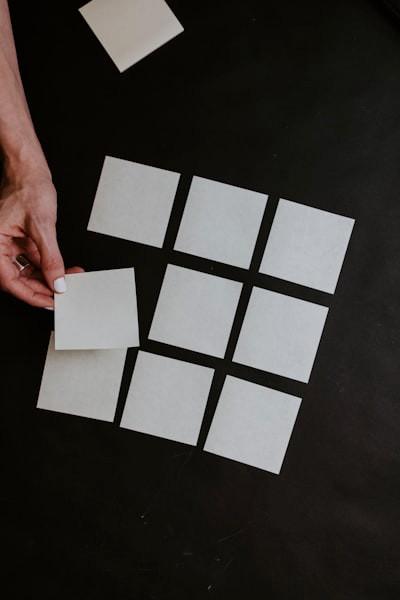The Best Ways to Take Notes (Part 2)
Ideas, facts & insights covering these topics:
6 ideas
·91 reads
2
1
Explore the World's Best Ideas
Join today and uncover 100+ curated journeys from 50+ topics. Unlock access to our mobile app with extensive features.
The Best Ways To Take Notes
You can learn to take better notes, and there are a number of proven note-taking methods you can try out. Find the one that works for you.
1
26 reads
The Outlining Note-Taking method
This one involves dashing or indenting parts of your notes. It works best for classes that aren’t science or math. Here’s what you need to know:
● The most general information should be aligned along the left side of your paper, with more specific groups of facts indented underneath.
● The relationships between the general information and specific facts are made clear with indenting, rather than numbers.
Thanks to the left-aligning and indenting, you’ll be able to broadly review the major points before diving into the specifics underneath.
1
17 reads
The Cornell Note-Taking Method
This one involves a systematic format for condensing and organizing your notes without having to do much recopying.
You’ll need to leave space of about two inches of your paper on the left and leave about six inches to the right for your notes. During your meeting, jot down information in that six-inch area as you hear it. After class, go through what you wrote down and add any additional information you didn’t have time to put in there.
Finally, during your post-lecture revision, go back to that two-inch section. Use it to label those groups of notes with a cue or general idea.
1
12 reads
The Mapping Note-Taking Method
This note-taking method is more of a graphic representation of the content you’re learning. You’ll write a key theme in the middle of your paper, then draw branches off of it.
You’re not putting much detail into this and it will look pretty messy by the time you’re done, but if you’re more of a visual and participatory learner, this is a great option for you.
It’s hard to know how much space you’ll need in advance, so don’t be afraid to redo your map more neatly when you’re revising.
1
11 reads
The Charting Note-Taking Method
This is best employed when you’re dealing with multiple topics. Use it to compare two ideas or break idea one down into multiple parts, like pros and cons.
Divide your page into two (or more) columns and label each column to match what you’re hearing, whether that involves a comparison or a breakdown.
Whenever you hear a relevant fact related to one of your labels, stick it into the appropriate column.
1
11 reads
The SQ3R Note-Taking method
The SQ3R method is only for when you’re reading or studying on your own and need to take notes
● Survey: Taking three to five minutes to skim your reading, writing down major headings, subheadings, topics, and points
● Questions: Write down any questions you have about the content after briefly surveying it
● Read: Actually read the text, bit by bit, and keep an eye out for the answers to the questions you just wrote down
● Recite: After each chunk of text, write down the major ideas, plus any answers to your questions
● Review: Reread your notes when you’re done, to retain what you wrote down
2
14 reads
IDEAS CURATED BY
CURATOR'S NOTE
Think of all the times you’ve looked back on your notes only to find they’re filled with incomprehensible nonsense scribbled in the margins and a bunch of totally disconnected ideas that probably made sense when you wrote them. You can learn to take better notes, however, and there are a number of proven note-taking methods you can try out.
“
Similar ideas
7 ideas
What's the best, most effective way to take notes?
theconversation.com
4 ideas
10 ideas
How to Take Smart Notes
play.google.com
Read & Learn
20x Faster
without
deepstash
with
deepstash
with
deepstash
Personalized microlearning
—
100+ Learning Journeys
—
Access to 200,000+ ideas
—
Access to the mobile app
—
Unlimited idea saving
—
—
Unlimited history
—
—
Unlimited listening to ideas
—
—
Downloading & offline access
—
—
Supercharge your mind with one idea per day
Enter your email and spend 1 minute every day to learn something new.
I agree to receive email updates

